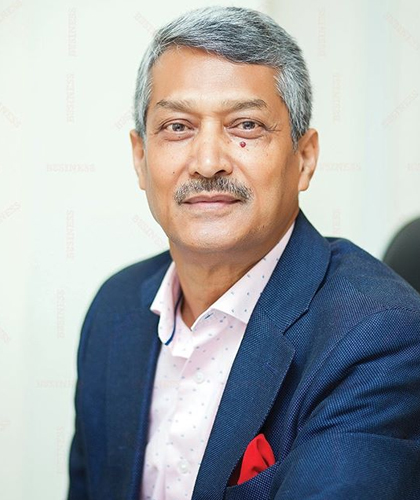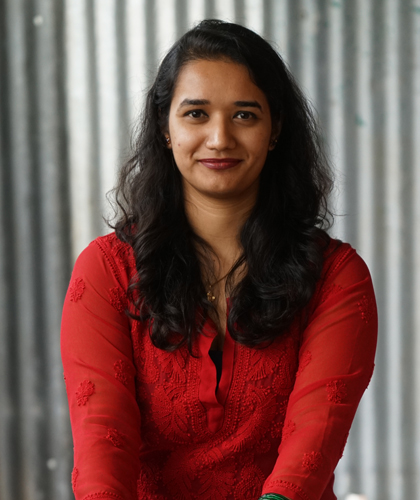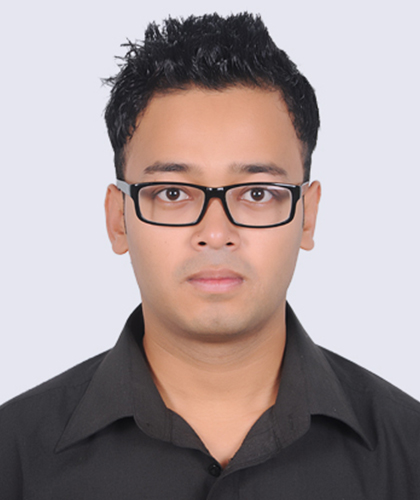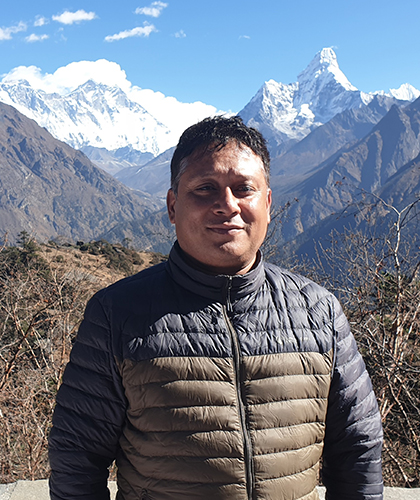Trongsa, Bumthang, Punakha
Trip
Overview
Trip
Highlights
-
Fly into Himalayas with Druk Air, Bhutan's National Air Carrier. The green walls of the hills known gateways, in to Bhutan from the plains of India rise ever higher as the plane flies north towards the Tibetan border.
-
visit the government-run Handicrafts Emporium and local crafts shops, to browse through example of Bhutan's fine traditional arts.
-
Drive to the airport for flight to your onward destination. Our representative will help you with exit formalities and then bid you farewell.
-
A walk through the bridge, over a stone inlaid path, offers a good view of the architectural wonder of the Dzong as well as life around it.
-
Country
Bhutan -
Duration
8 Days -
Difficulty Level

-
Accommodation
Overnight at the Hotel -
Guide
English Speaking Nepali Tour Leader
Route
Itinerary
Fly into Himalayas with Druk Air, Bhutan's National Air Carrier. The green walls of the hills known as dooars or gateways, in to Bhutan from the plains of India rise ever higher as the plane flies north towards the Tibetan border. Silvery rivers rush along the valleys, waterfalls plunge down the forested mountainsides, and to the north, the great snowcapped peaks of the inner Himalayas rise up to the heavens. Farm houses dot the hillsides on either side of the plane.
As the aircraft enters the Paro valley, look down and you will see the Paro Dzong on the hillside overlooking Paro Chu (river) with Ta Dzong, formerly a watchtower and now the National Museum, above it.
Then drive to Thimphu . Dinner and overnight at the htl in ThimphuAfter breakfast in the morning sightseeing of the following : Start with a visit of National Library (closed on sat & sun ) , which holds a vast collection of ancient Buddhist texts and manuscripts, some dating back several hundred years, as well as modern academic books mainly on Himalayan culture and religion.
Also visit nearby Institute for Zorig Chusum: Commonly known as Arts & Crafts School or Painting School ( closed on Sat & Sun ) , the Institute offers a six-year course on the 13 traditional arts and crafts of Bhutan. On a visit, one can see students learning the various skills taught at the school.
Followed by a visit to the following places :- King's Memorial Chorten continuously circumambulated by people, murmuring mantras and spinning their prayer wheels. Construction of this landmark was the idea of Bhutan's third king, His Majesty Jigme Dorji Wangchuk ("the father of modern Bhutan") who has wished to erect monument to world peace and prosperity. Completed in 1974 after his untimely death, it serves both as a memorial to the Late King and as a monument to peace.
- Trashichhodzong: This impressive fortress/monastery houses Secretariat building, the throne room of His Majesty, the King and various government offices. It is also the summer residence of Chief Abbot and central monk body.
Then, visit the government-run Handicrafts Emporium and local crafts shops, to browse through example of Bhutan's fine traditional arts. Here you can buy hand-woven textiles, thangkha paintings, masks, ceramics, slate and wood carvings, jewelry, interesting items made from local materials.
Dinner and overnight at the Hotel .After early breakfast, drive up to Dochu-la pass (3,088m/ 10,130 ft) stopping briefly here to take in the view and admire the chorten, mani wall, and prayer flags which decorate the highest point on the road. If skies are clear, the following peaks can be seen from this pass (left to right): Masagang (7,158m), Tsendagang (6,960m), Terigang (7,060m ), Jejegangphugang (7,158 m ), Kangphugang (7,170 m ), Zongphugang (7, 060 m ), a table mountain that dominates the isolated region of Lunana - finally Gangkar puensum, the highest peak in Bhutan at 7,497m.
Then continue onwards, reaching Wangduephodrang town in time for lunch. From Dochu-la pass, it is a long, winding descent into the Wangduephodrang valley, which is about 1,700m below the pass. Take lunch at Wangduephodrang town , then continue on to Trongsa across Pele-la pass (3,300m/10,830 ft), the traditional boundary between east and west. The pass is marked by a large white chorten prayer flags. There is an abrupt change in vegetation at this point, with mountain forest replaced by high altitude dwarf bamboo.
Stop en route at Chendbji Chorten, patterned on Kathmandu's Swayambhunath Stupa, with eyes panted at four cardinal points. It was built in the 18th century by Lama Shida from Tibet, to cover the remains of an evil spirit that was subdued at this spot.
Arrive at Trongsa and visit the Trongsa Dzong. Built in 1648 it was the seat of power over central and eastern Bhutan. Both the first and second Kings of Bhutan ruled the country from this ancient seat. All four Kings were invested as Trongsa Penlop ('governer') prior to ascending the throne, and the present Crown Prince now holds the post. The Dzong is a massive structure with many levels, sloping down the contours of the ridge on which it is built.
Overnight in Trongsa.Morning visit Ta Dzong in Trongsa : The Ta Dzong, a cylindrical stone structure rising five storeys, was built in 1652 by Chogyal Minjur Tempa, a task entrusted to him by Zhabdrung Ngawang Namgyal. After more than 350 years, it has been resurrected into a classy museum, that represents a tasteful blend of tradition and modernity. The Ta Dzong is a living museum and the main lhakhang in the Utse is dedicated to the Maitreya Buddha (Gyaltsab Jampa), also known as the Future Buddha). A Khesar Lhakhang is dedicated to Khesar of Ling. The tower has always been a place of retreat and there are hermits in practice, including two yogis, who are in life long meditation. The Ta Dzong is the only structure, that has been restored specifically to tribute the Wangchuck dynasty as Bhutan celebrates the centenary of the Monarchy.
After lunch in Trongsa drive to Bumthang, 68 km from Trongsa, a journey of about 3 hours, over the Yutong-la pass (3,400m/ 11,155 ft). The road winds steeply up to the pass, 28 km from Trongsa, then runs down through coniferous forest into a wide, open cultivated valley known as the Chumey valley.
On arrival in Bumthang, check in at your lodge. Evening at leisure . Overnight at the lodge in Bumthang.Bumthang is the general name given to combination of four valleys – Chumey, Choekhor, Tang and Ura with altitude varying from 2,600m to 4,000m. It is home to many of prominent Buddhist temples and monasteries.
Visit to Kurje Lhakhang, where the saint Padmasambhava subdued a local demon and left his body imprint on a rock., the Jambey Lhakhang (7th century temple), Tamshing Lhakhang (housing some of the oldest wall paintings in Bhutan) and Jakar Dzong (administrative center of the region). Stroll in the village, visit the little handicrafts shop at the entrance to the town, and perhaps take refreshments at a local restaurant.
Overnight at the lodge in Bumthang.Morning visit to Punakha Dzong, Built strategically at the junction of Pho Chhu and Mo Chhu rivers in 1637 by Shabdrung Ngawang Namgyal to serve as the religious and administrative centre of the region, Punakha Dzong has played an important role in Bhutan's history. Damaged by four catastrophic fires and an earthquake, the Dzong has been fully restored by the present King. Then drive on to Paro . Upon arrival check in at the Hotel .
Afternoon in Paro ,visit Ta Dzong ( Closed on Sundays and Mondays ) , once a watchtower, built to defend Rinpung Dzong during inter-valley wars of the 17th century, Ta Dzong was inaugurated as Bhutan's National Museum in 1968.
Afterwards, walk down a hillside trail to visit Rinpung Dzong. Built in 1646 by Shabdrung Ngawang Namgyal , the first spiritual and temporal ruler of Bhutan, the Dzong houses the monastic body of Paro, the office of the Dzongda (district administrative head) and Thrimpon (judge) of Paro district. The approach to the Dzong is through a traditional covered bridge called Nemi Zam.
Overnight at the hotel in Paro.Meet
Our Experts
For Travel Agents

MR. BIJAY AMATYA
-
CEO, Founder
For Travellers

Ms. Neha AMATYA
-
Executive - Business Development

Mr. Deepak Gurau
-
Tour Officer

Mr. Sanjaya Moktan
-
Senior Manager tours

Mr. Saroj Bhatta
-
Tour Officer
Contact us
Base Camp, Basundhara, Kathmandu, Nepal
This email address is being protected from spambots. You need JavaScript enabled to view it.
 +977 1 5909976 / 77 / 78
+977 1 5909976 / 77 / 78